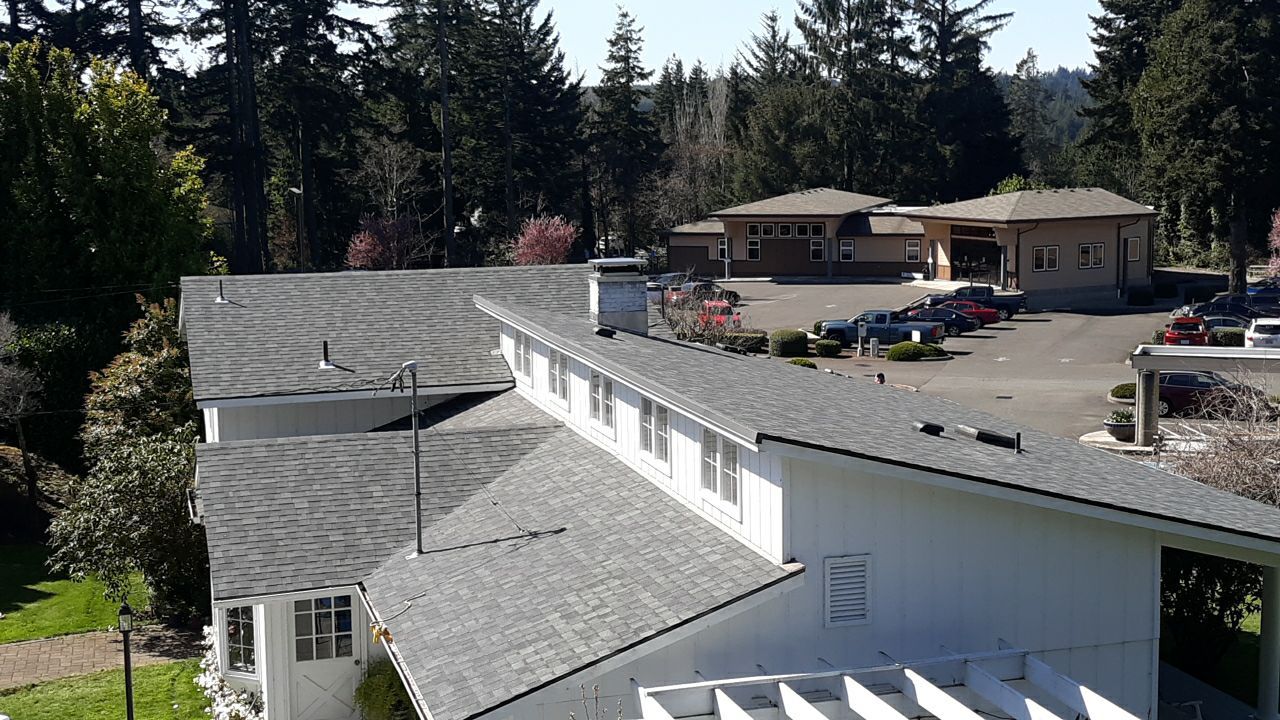By Michelle Klampe, OSU release – CORVALLIS, Ore. – Oregon State University has been awarded $4.6 million in grants from the National Science Foundation to continue operating the Marine and Geology Repository, one of the nation’s largest repositories of oceanic sediment cores, for the next five years. Funds will expand access to more than 22 miles of oceanic sediment cores and tens of thousands of marine rock specimens that reveal Earth’s history and document changes in climate, biology, volcanic and seismic activity, meteorite interactions and more. The repository is one of four National Science Foundation-supported marine geology repositories in the country and the only one on the West Coast. Oregon State has operated the repository continuously since the 1970s. It is used by researchers and students from around the world. The funds allow the repository to keep operating and to modernize, said Joseph Stoner, a geology and geophysics professor in the College of Earth, Ocean, and Atmospheric Sciences and co-director of the repository. “We are continually digitizing our data holdings so that we can make it easier for researchers to find what they want to work on,” Stoner said. “Our goal is to have baseline data for everything in the collection available online. This digitization will set us up for the future as data science evolves.” In the past, researchers would hear about a specimen or a collection and come to the repository to find it and study it, said Anthony Koppers, the facility’s other co-director. But many sediment cores and rock samples in the collection are not well known to the national and international science communities and therefore not well studied. Examples from the repository’s inventory includes a sediment core estimated at 25 million years old; a sediment core collected from the Peru-Chile Trench, at a water depth of 26,500 feet; an Antarctic sediment core collected from a depth of 1,285 meters below the ice; and the oldest core in the collection, an Antarctic core collected on the icebreaker Burton Island in February 1962. “Digitizing our records will enhance the whole collection and make it possible for more cores and samples to be discovered in our holdings and new research to be done,” said Koppers, who also serves as associate vice president for research advancement and strategy in OSU’s research office and a professor of marine geology in the College of Earth, Ocean, and Atmospheric Sciences. Of the total funds awarded, $2.5 million comes from NSF’s Office of Polar Programs and $2.1 million comes from the NSF Division of Ocean Sciences. Many of the cores in the collection are stored on racks in an 18,000-square-foot refrigerated warehouse in Corvallis, Oregon, near OSU’s main campus. Some sediment cores as well as a trove of Antarctic ice cores are stored in large walk-in freezers kept at 20 degrees below zero Fahrenheit. Rock samples are stored at room temperature in hundreds of gray totes and stacked on pallets. The repository, which was expanded and relocated in 2020 to a facility on Research Way in Corvallis, also includes lab facilities for analyzing cores as well as seminar spaces and offices for faculty and visiting researchers. With the new funding, the directors are also planning a series of summer workshops for graduate students, postdoctoral scholars and early-career researchers to learn more about the repository and how to process the cores and rock samples, work with these materials, perform non-destructive measurements and carry out scientific interpretations. Students and researchers would be paired with mentors to learn more about working with sediment cores and rock samples and could explore a research topic using the repository’s facilities and equipment. “The basic lessons on working with sediment cores are not available to students in every graduate program, so this can help fill that gap,” Koppers said.
The post National Science Foundation awards $4.6 million to OSU Marine and Geology Repository, July 17 appeared first on Coos Bay Events Calendar News North Bend Bandon Coquille.




